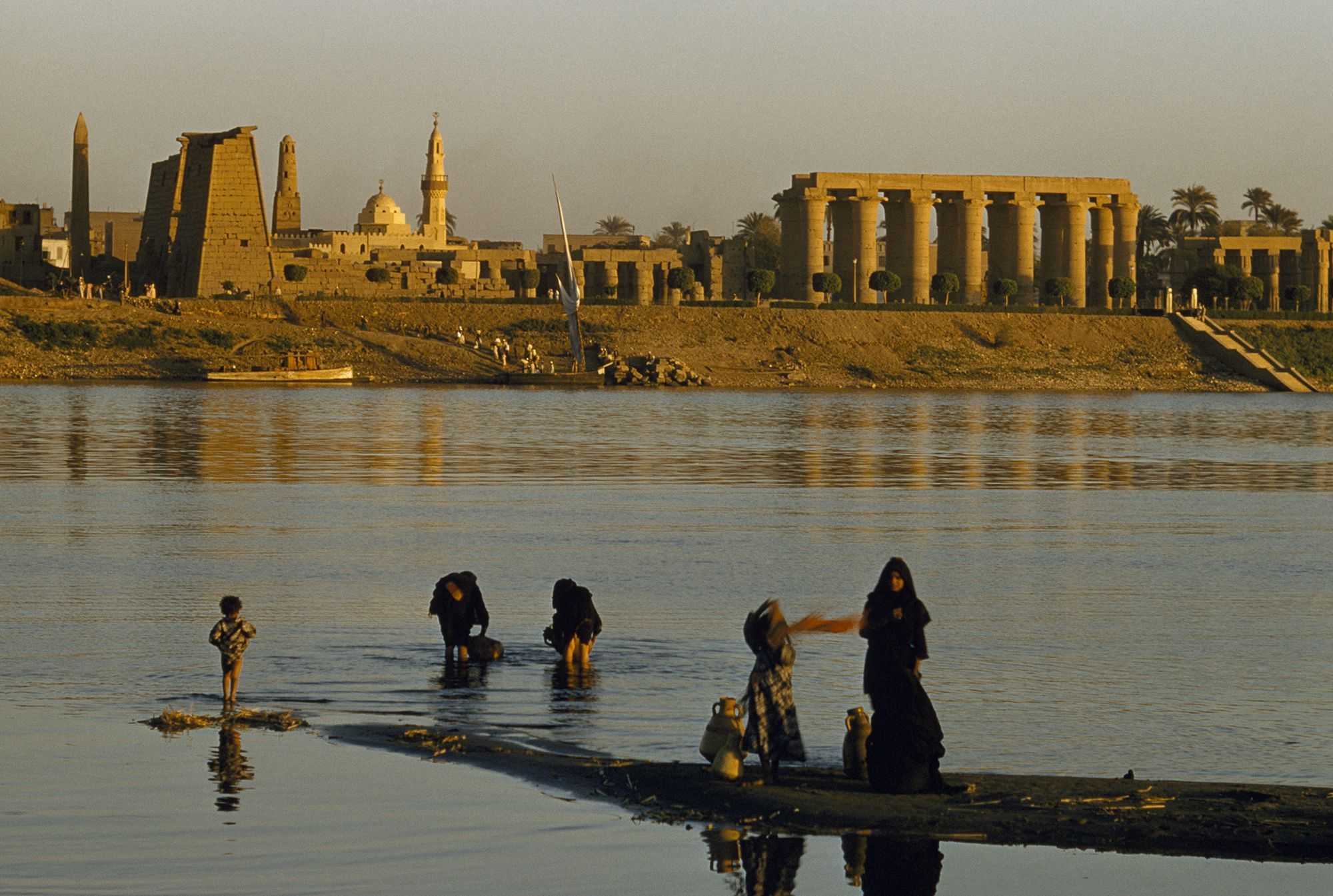BY DAVE RANKIN
Welcome back to our touch on African History, and if you are just joining us, in the last article we hinted that we would divide the history into smaller periods of time, or as the great historian Molefe K Assante puts it, classical seasons. It is here that we shall begin our discourse with, Egypt and the First Dynastic period.
Although Ancient Egypt, or Kemet as it was referred to, happened to be one of the last civilizations along the Nile River, it also happens to have the longest surviving body of work. This beautiful oasis, which happened to be the center of the crossroads from all directions leading into Africa from Asia and present-day Europe, attracted many suitors. Lush with an agricultural system supported by the longest river in the world, the Nile River, Kemet had some of the most fertile soil one could ever imagine. I once heard a scholar say that you could literally throw a seed anywhere and it would blossom fruitfully without being tended to.
These suitors were the Asians of yesteryear. They traveled in droves in search of land and gold. As their numbers increased, the numbers of the original inhabitants dwindled. Not only did their numbers begin to diminish, so did their power. The so-called “bottom of the barrel” socio-economic status we’ve seen among our people for generations upon generations is the by-product of a multicultural diverse city. The foreigners created an upper class; their offspring enjoyed the freedoms created by their fathers and then there were the Africans.
This was the partial cause of Ancient Kemet being divided into two lands, Upper and Lower Kemet. The foreigners or Asians controlled Lower Kemet (North), which stretched from the Delta into the present day Mediterranean Sea. The Africans, some of who refused to settle with the foreigners controlled Upper Kemet (South), the area between the city of Memphis and Aswan. This and other factors led to an on-going feud between the two regions.
Aside from the obvious differences in population, each region had its own beliefs, heraldic flowers, crowns, demigods and goddesses. Robin Walker tells us that, ”Upper Kemet, was the land of the lotus flower who wore the White Crown and believed in the vulture goddess, Nekhebet. Lower Kemet was the land of the papyrus plant whose rulers wore the Red Crown and believed in the snake goddess, Wadjet.”
Palermo Stone (also known as the Royal Annals) describe a series of victories for the Africans over the foreigners. The biggest victory of them all came at the helm of the African king Menes, sometimes called Narmer, whose campaign led to the unification of Ancient Kemet, Smai Tawi, or The Union of the Two and the beginning of what was called the First Dynasty. The First Dynasty basically covers a series of kings who rule over a unified Kemet, beginning around 5600 BC.
Once Kemet was at peace, Menes instituted and formalized religious practices. The most notable was the combining of the deities Amen and Re, sometimes spelled Ra. It was written that under his reign – which was a total of 62 years – the people of Ancient Kemet developed hobbies such as carving, sculpting, and brewing beer. The European scholar, Diodorus Siculus claims that Menes invented the concept of living in luxury. Chancellor Williams tells us that, “The {Menes) brought about the kind of stability and innovations in an administration that provided a solid foundation for a first dynasty.” Menes founded the city of Memphis (after building a dam to divert the water along the Nile) and named it the capital. He did this because Memphis was once under water.
There is also an old legend of him riding a crocodile to escape rapid dogs. Thus, leading to the city of Faiyum, whom the Greek called Crocodilopolis, Crocodile City. This city was at the center of the worship of Sobek, the crocodile deity. After a long and prosperous reign, Menes met an untimely passing as he was carried off and killed by a hippopotamus. An unfortunate matter considering that this African king ushered a new era, one that set the bar for future Kemet.

